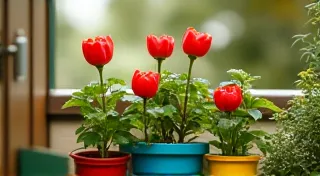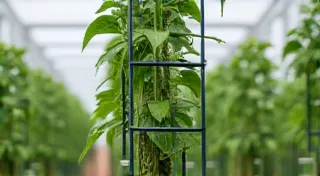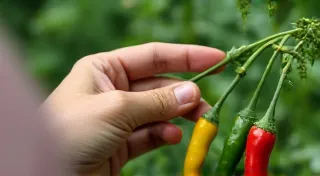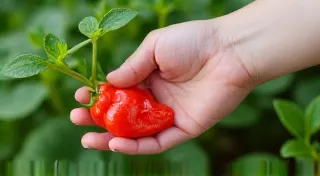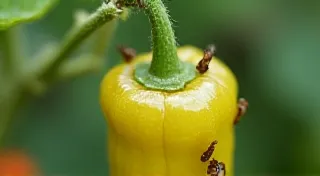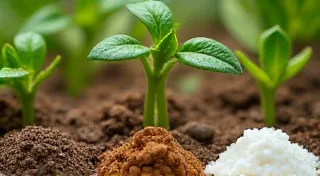Supporting Your Plants: Staking and Caging Techniques
As your pepper plants grow, especially those uncommon and potentially towering varieties like ghost peppers and scotch bonnets, they often need a little help staying upright. The weight of the fruits, combined with strong winds or heavy rain, can easily cause them to topple over, damaging the plant and potentially breaking branches. This guide will cover several staking and caging methods to provide the support your specialty peppers need.
Why Do Pepper Plants Need Support?
Several factors contribute to the need for pepper plant support:
- Fruit Weight: Specialty peppers, known for their intense heat, often produce large, heavy fruits.
- Plant Height: Many varieties, particularly hot peppers, grow quite tall.
- Wind and Rain: Strong winds and heavy rain can easily knock over unsupported plants.
- Disease Prevention: Keeping the plants upright improves airflow, reducing the risk of fungal diseases.
Staking Methods
Staking is a simple and effective way to support individual pepper plants. Here are a few popular options:
Single Stake Method
This is the easiest method, suitable for plants that aren’t excessively vigorous. A single sturdy stake (bamboo, wood, or metal) is driven into the ground near the plant. Tie the main stem loosely to the stake using soft twine or plant ties. Make sure the ties aren’t too tight, as they can restrict growth.
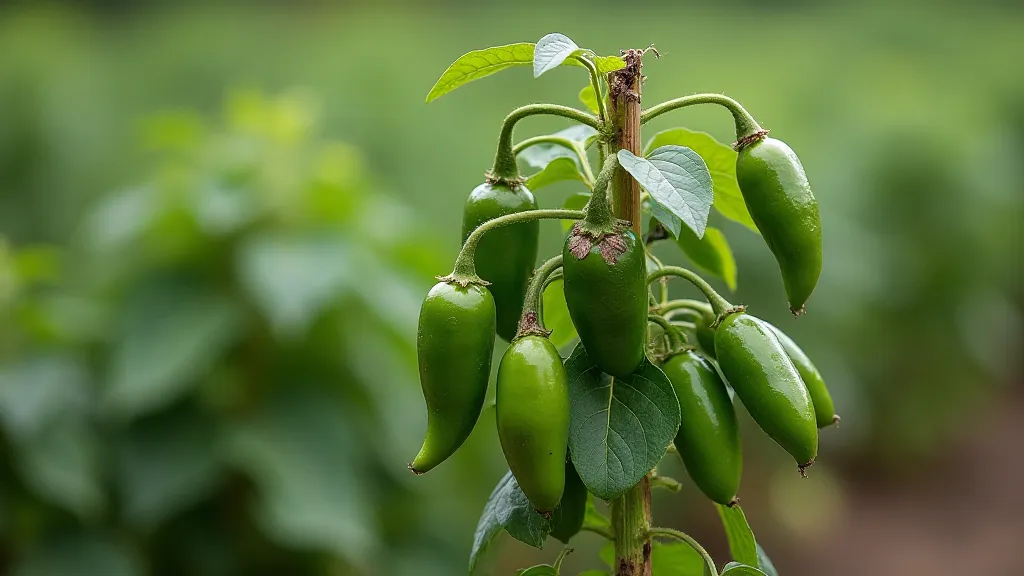
Multiple Stake Method
For larger, more sprawling plants, using multiple stakes can provide more balanced support. Position 2-3 stakes around the plant and tie the main stem and significant branches to each stake. This distributes the weight more evenly.
Caging Techniques
Caging offers broader support for the entire plant, particularly useful for sprawling varieties.
Tomato Cage Method
Standard tomato cages are often a convenient solution for pepper plants. Simply place the cage over the plant when it's young and ensure it’s firmly anchored in the ground. This provides support for the entire plant and allows branches to spread naturally.
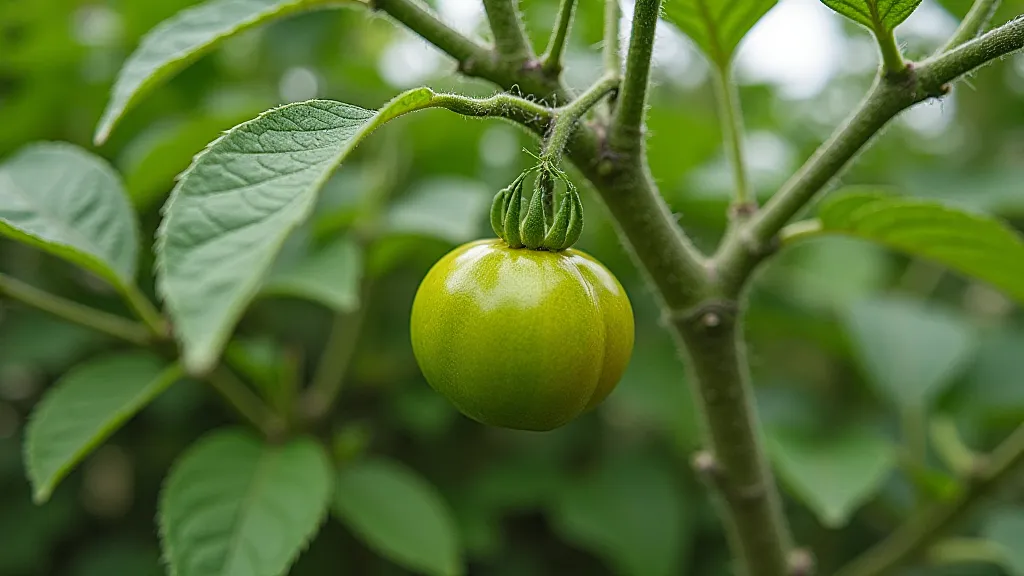
DIY Cage Construction
You can also build your own cage using sturdy wire or mesh. This allows you to customize the size and shape to suit your specific pepper variety. Make sure the cage is tall enough to accommodate the mature plant height and has a wide base for stability.
To construct a DIY cage, cut wire or mesh into appropriate lengths and create a circular or square frame. Secure the frame by welding or using heavy-duty zip ties. Add vertical supports at regular intervals for added strength. Bury the bottom edge of the cage into the ground to prevent it from tipping over.
Choosing the Right Method
The best support method depends on several factors:
- Pepper Variety: Taller, more vigorous varieties generally require more robust support.
- Plant Size: Larger plants need wider and taller cages or more stakes.
- Growing Conditions: Plants in windy locations need stronger support.
- Personal Preference: Choose a method that is easy for you to implement and maintain.
Maintenance
Regularly check your stakes and cages to ensure they are secure and providing adequate support. As the plant grows, you may need to adjust the ties or reinforce the structure.
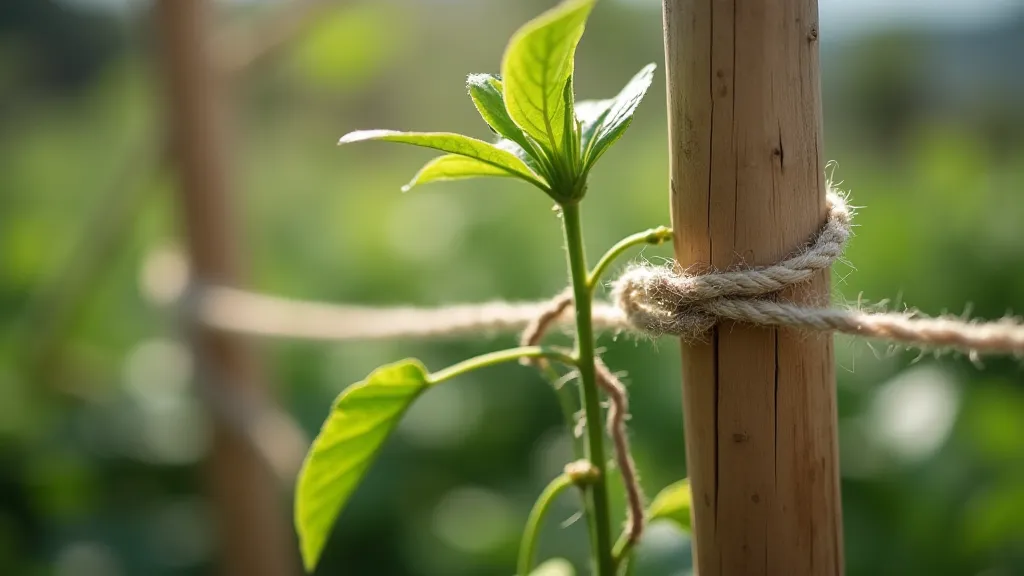
By providing proper support, you can help your specialty pepper plants thrive, ensuring a bountiful harvest of fiery fruits!
